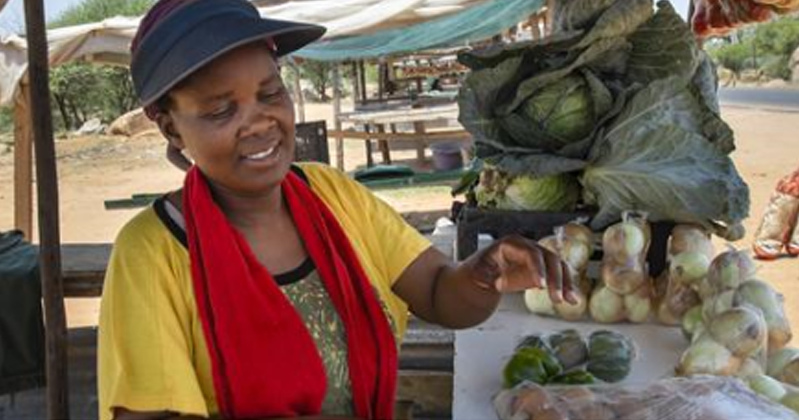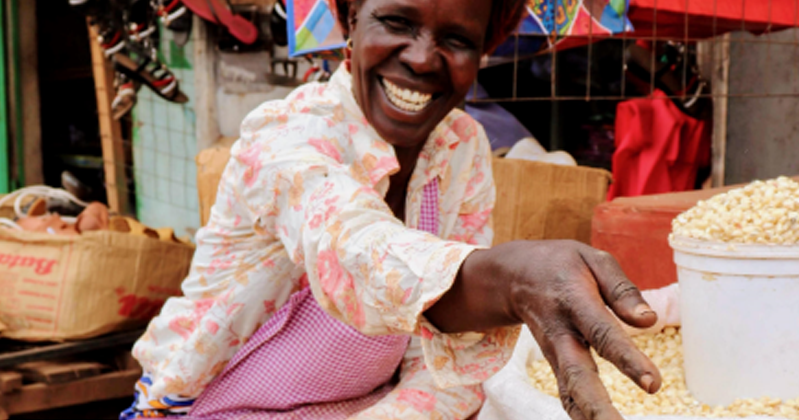CURATED LISTS
FEATURED PUBLICATIONS

The State of Economic Inclusion Report 2021: The Potential to Scale
The State of Economic Inclusion Report 2021 sheds light on one of the most intractable challenges faced by development policy… Read more makers and practitioners: transforming the economic lives of the world’s poorest and most vulnerable people. Economic inclusion programs are a bundle of coordinated, multidimensional interventions that support individuals, households, and communities so they can raise their incomes and build their assets. Programs targeting the extreme poor and vulnerable groups are now under way in 75 countries. This report presents data and evidence from 219 of these programs, which are reaching over 90 million beneficiaries. Governments now lead the scale-up of economic inclusion interventions, often building on pre-existing national programs such as safety nets, livelihoods and jobs, and financial inclusion, and 93 percent of the total beneficiaries are covered by government programs. The report offers four important contributions: • A detailed analysis of the nature of these programs, the people living in extreme poverty and vulnerability who they support, and the organizational challenges and opportunities inherent in designing and leading them. • An evidence review of 80 quantitative and qualitative evaluations of economic inclusion programs in 37 countries. • The first multicountry costing study including both government-led and other economic inclusion programs, indicating that programs show potential for cost efficiencies when integrated into national systems. • Four detailed case studies featuring programs underway in Bangladesh, India, Peru, and the Sahel, which highlight the programmatic and institutional adaptations required to scale in quite diverse contexts. Data from the report are available on the PEI Data Portal (http://www.peiglobal.org) where users can explore and submit data to build on this baseline. Read less ...

A Path to Jobs for the Urban Poor
A rapidly urbanizing world presents enormous economic opportunities for the poor and vulnerable but also presents significant barriers to their… Read more economic inclusion. About two thirds of the world’s population is expected to live in urban centers by 2050, with nearly 90 percent of this increase in Asia and Africa. Section two is a summary of the urban context and challenges. Section three then describes a framework for fostering urban economic inclusion, and section four examines the current landscape of economic inclusion programs, starting with the policy impetus driving their emergence. Section 5 turns to the case for scaling up urban programs by synthesizing evidence on costs and impacts. Section 6 draws conclusions. This note draws heavily on the framework and analysis provided in The State of Economic Inclusion (SEI) Report 2021: the potential to scale (Andrews et al. 2021), especially the PEI 2020 Landscape and Costing Surveys, an updated World Bank portfolio (2021) review, and an updated review of impact evaluations of urban economic inclusion programs. Read less ...




